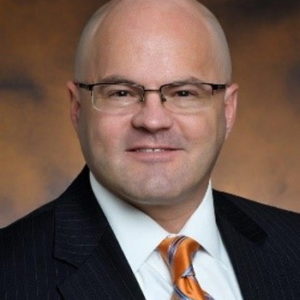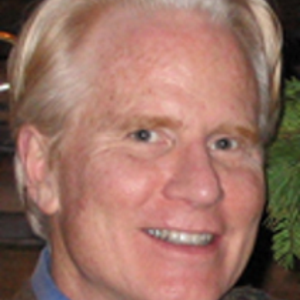The ESCO Industry in the United States has grown from its original existence into a market size in 2017 of about $7 Billion USD. During this growth, ESCOs have grown in all market segments, but in the United States, predominantly serve the public building market such that in 2014, roughly 92% of all work was with public buildings. As the market has grown, the project sizes have grown as well, with projects for the Federal Government averaging $0.8 Million in the 1990’s to $5.5 Million and projects have become more diverse, now commonly encompassing retrofits to every building system, extending to water conservation and non-energy benefits as well.
Two drivers in particular have dominated the ESCO market: Government mandates and deferred maintenance. Government mandates reflect a desire to reduce energy related greenhouse gas emissions. Deferred maintenance is a market opportunity for ESCO to use savings to fund the replacement of old, poorly operating and high inefficient equipment. These market drivers have helped public buildings become a lucrative market in which ESCOs can thrive.
Timothy Unruh and Donald Gilligan, both central figures in the ESCO industry and heading the North American ESCO Association, share their long-standing experience and views in the ESCO sector and its development in the United States. It is a story of a flexible industry, the success of which was not always given. ESCOs have shown the ability to adapt to market changes. The maturity of one segment, like lighting, taught ESCOs to adapt and bundle their projects with more diverse energy measures ultimately evolving into an industry that provides comprehensive project fulfilment based on targeted marketing and sales management and expertise in project development and delivery.
Share this
Sector: ESCO
Country / Region: Global
Tags: emissions, energy, ESCO, federal governments, funds, industry, mandates, projects, targets, water resourcesKnowledge Object: eLearning
Published by: Copenhagen Centre on Energy Efficiency
Publishing year: 2021
Content:



